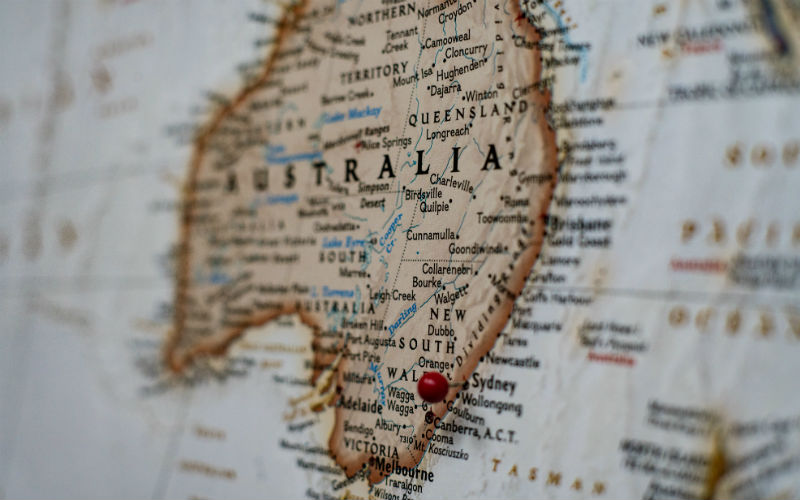The data shows the Consumer Price Index (CPI) rose 1.0% over the June quarter, fuelled by price rises in housing, food, clothing and footwear, and alcohol and tobacco.
The annual reading is higher than the March quarter's 3.6% although trimmed mean inflation, which gives a better reading of underlying inflation by cutting irregular or temporary CPI changes, came in lower at 3.9%, down from 4.0% in March.
Wednesday's figure is the first uptick in quarterly annual inflation for 18 months. It had been steadily coming down from its peak of 7.8% in December 2022.
In its commentary on Wednesday, the Australian Bureau of Statistics noted significant annual growth in insurance premiums while rents remained high but fell slightly from the March annual reading.
The June monthly CPI figure of 3.8% was also released on Wednesday, recording significant price rises in housing (+5.5%), food (+3.3%), alcohol and tobacco (+6.9%), and transport (+4.2%)
Financial markets have been waiting for the quarterly data which paints a more accurate picture of inflation than monthly readings.
It had been widely tipped the June quarterly reading would come in at 3.8%, meaning most sectors of the economy were braced for the rise.
The markets will also take some solace in the trimmed mean inflation figure falling over the quarter.
What does this mean for interest rates?
The Reserve Bank of Australia (RBA) uses quarterly CPI data, particularly the trimmed mean figure, in its deliberations on where to set the cash rate, the key lending rate between banks in financial markets.
It's been held at 4.35% since it last rose in November 2023 and sets the benchmark for interest rates for the wider economy.
Wednesday's inflation data should quell speculation of a rise in the cash rate when the RBA board meets on Monday and Tuesday next week.
While inflation remains well above the RBA's target range of 2-3%, the board has said it doesn't expect inflation to be within its target range until the end of 2025, and not until the midpoint as late as 2026.
It will no doubt be considering other economic data showing signs of sluggish growth.
In its May Monetary Policy Statement, the RBA noted household consumption growth has been particularly weak.
The jobless rate also nudged up to 4.1% in June, seasonally adjusted, even with 50,000 more Australians in employment.
Australia's major banks currently expect the next RBA move will be a rate cut.
Two of the big four are still holding out for a November decrease while the other two are not expecting a cut until 2025.
Is the government to blame to fuelling inflation?
Some commentators have blamed governments for stoking inflation through the federal government's stage three cuts which only came into effect in this month and hefty electricity rebates by some state governments.
Such measures are said to 'mechanically' lower CPI, yet many economists argue they ultimately boost demand and inflation by putting more money into the economy.
The RBA has indicated it had already incorporated the tax cuts into its modelling.
On Tuesday, Federal Treasuer Jim Chalmers deflected blame for any inflation increase, telling the ABC the big drivers were things like insurance, rent, and petrol, factors outside of government spending.
But ANZ Bank noted much of this year's inflationary pressures have come from "administered" or government-indexed prices such as tertiary education fees, and continued alcohol and tobacco excise increases that account for around 7% of the CPI basket of goods.
The bank's economist Blair Chapman noted price inflation the Reserve Bank could easily influence was already within its target band.
Image by Kina on Unsplash



 Harry O'Sullivan
Harry O'Sullivan
 Harrison Astbury
Harrison Astbury


 Denise Raward
Denise Raward

